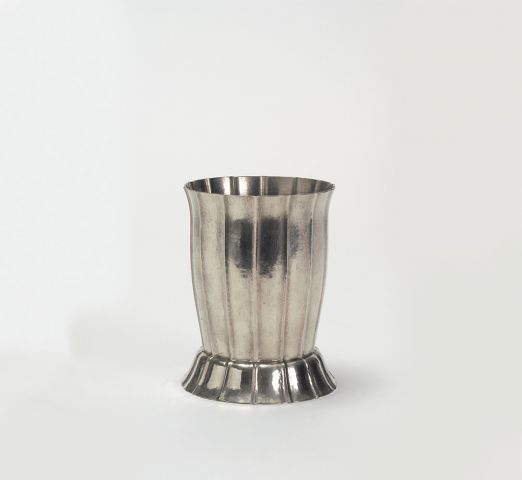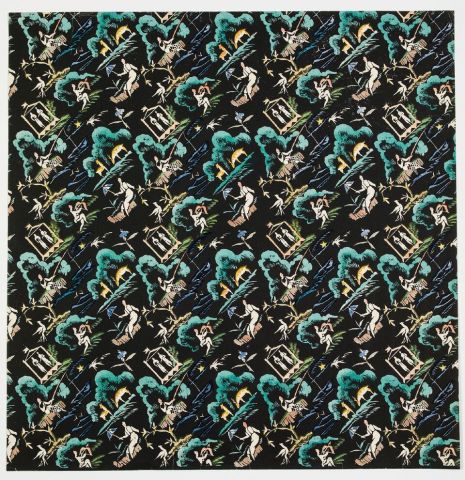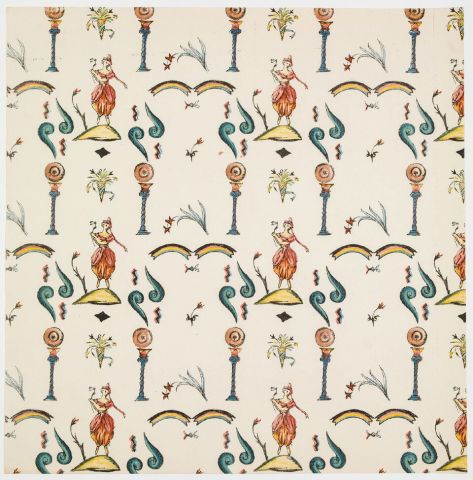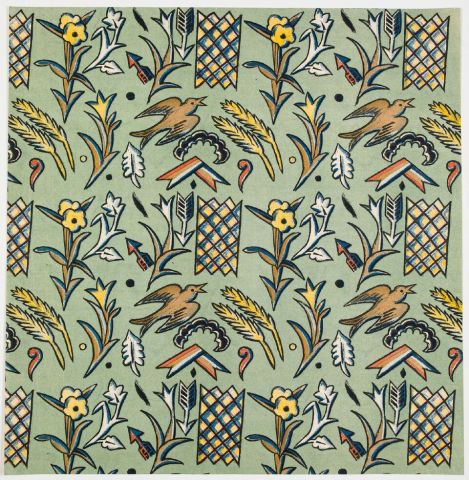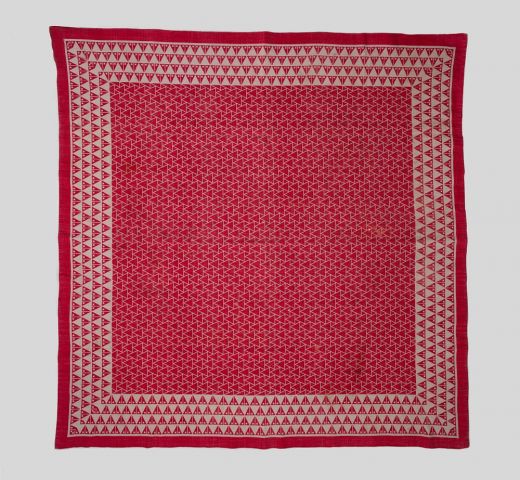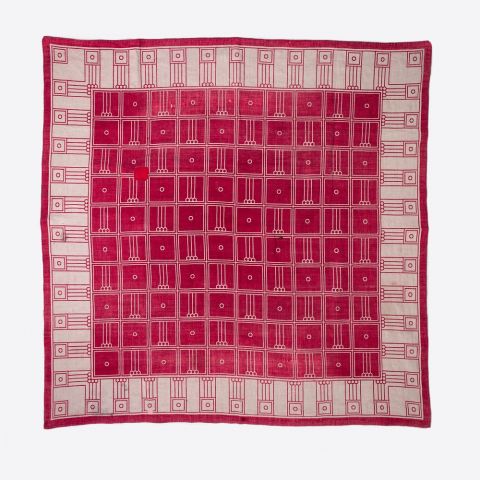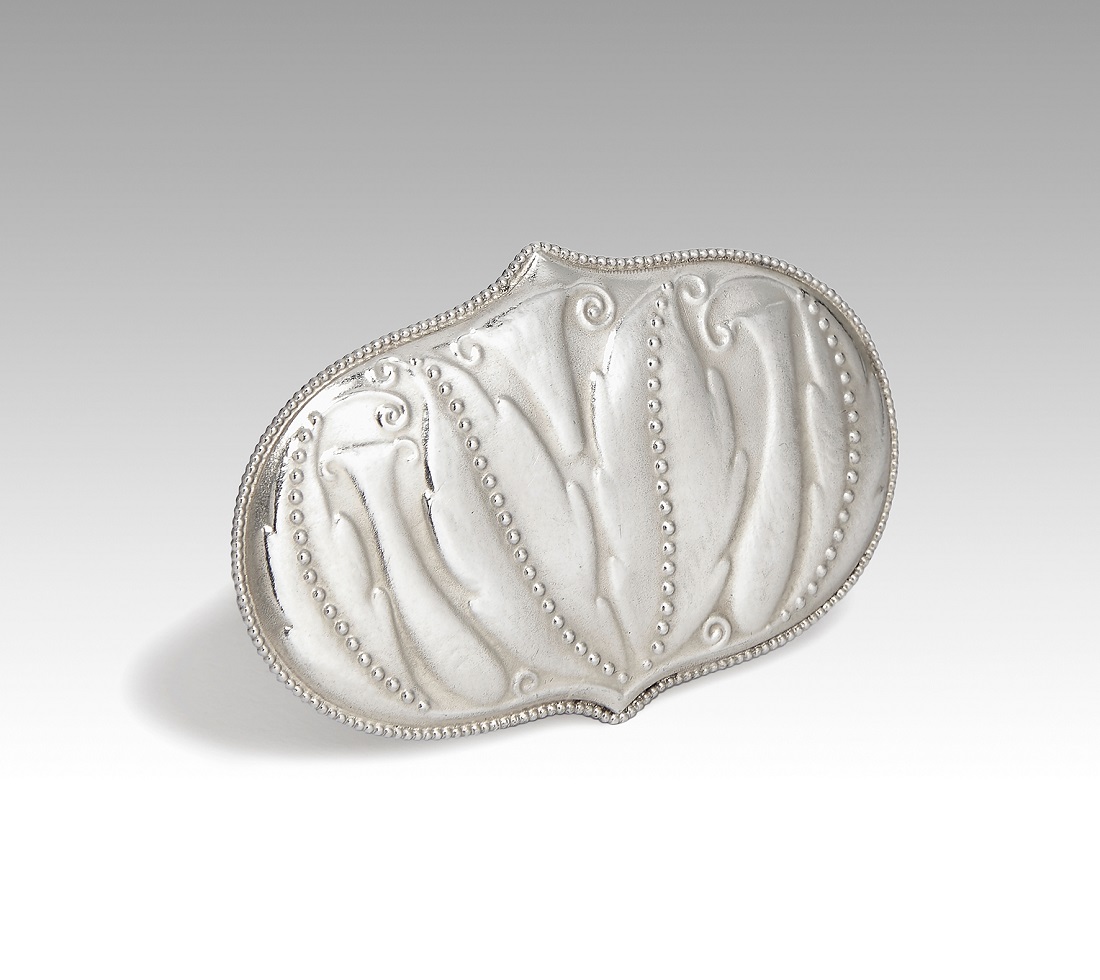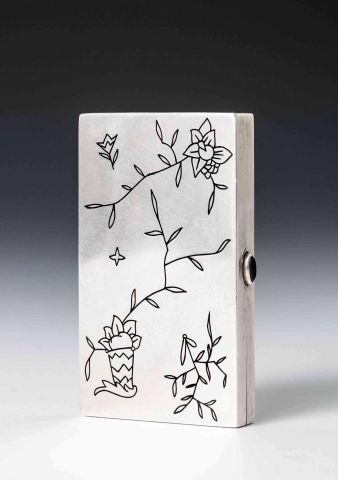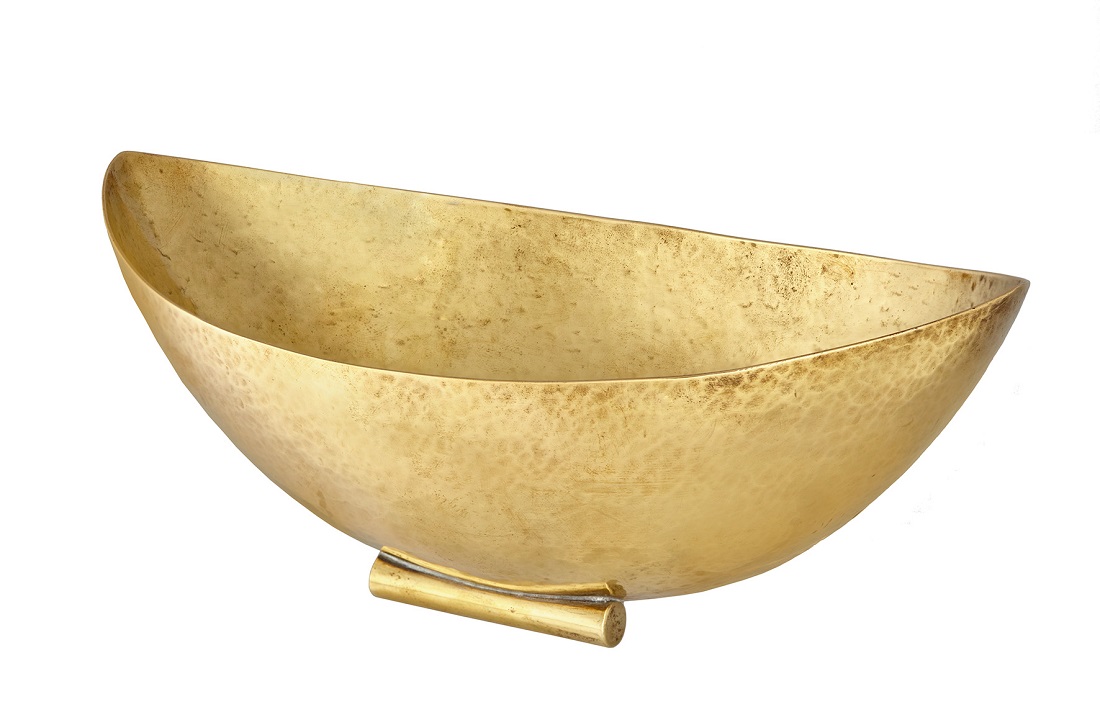(1903 – 1932)
The enterprise evolved from the Vienna Secession, founded in 1897 as a progressive alliance of artists and designers. From the start, the Secession had placed special emphasis on the applied arts, and its 1900 exhibition surveying the work of contemporary European design workshops prompted the young architect Josef Hoffmann and his artist friend Koloman Moser to consider establishing a similar enterprise.
Finally in 1903, with backing from the industrialist Fritz Wärndorfer, the Wiener Werkstätte began operations in three small rooms; it soon expanded to fill a three-story building with separate, specially designed facilities for metalwork, leatherwork, bookbinding, woodworking and a paint shop. The range of product lines also included; leather goods, enamel, jewellery, postcards and ceramics. The Wiener Werkstätte even had a millinery department.
Most of the objects produced in the Wiener Werkstatte were stamped with a number of different marks; the trademark of the Wiener Werkstatte, the monogram of the designer and that of the craftsman, who created it. The Wiener Werkstatte had about 100 employees in 1905, of whom 37 were masters of their trade.
In architectural commissions such as the Purkersdorf Sanatorium and the Palais Stoclet in Brussels, the Wiener Werkstätte was able to realize its ideal of the Gesamtkunstwerk (total artwork), a coordinated environment in which everything down to the last detail was consciously designed as an integral part of the whole project.
For several years, beginning in 1904, the Wiener Werkstätte had its own carpentry workshop. Josef Hoffmann designed a furniture line noted for its simple forms for the firm of Jacob & Josef Kohn. But only few pieces of furniture were made there. Most of the furniture known as Wiener Werkstätte Furniture were made by cabinet-makers as: Portois & Fix, Johann Soulek, Anton Herrgesell, Anton Pospisil, Friedrich Otto Schmidt and Johann Niedermoser.
From 1905, the Wiener Werkstatte produced handpainted and printed silks. The Backhausen firm was responsible for the machine-printed and woven textiles. In 1907, the Wiener Werkstätte took over distribution for the Wiener Keramik, a ceramics workshop headed by Michael Powolny and Berthold Löffler. And in the same year Moser, embittered by the financial squabbling, left the Wiener Werkstätte, which subsequently entered a new phase, both stylistically and economically.
The founding of textile and fashion divisions in 1909 and 1910 brought a further shift in the Wiener Werkstätte's emphasis—away from the architectural and toward the ephemeral. After a close brush with bankruptcy in 1913, Wärndorfer left to America and the following year Otto Primavesi, a banker from Moravia, took over as chief financier and patron.
During and immediately following the First World War the Wiener Werkstatte was influenced by a new generation of artists and craftsmen. It was Dagobert Peche whose ornamental, almost baroque fancies exerted the most palpable influence.
Attempts to expand the workshop's scope—adding such items as wallpaper to its limited program of industrial licenses, and establishing branches in Berlin, New York and Zurich—were not particularly successful. The Werkstätte's financial situation grew desperate due to the effects of the war and the onset of the world wide Depression in 1929.


